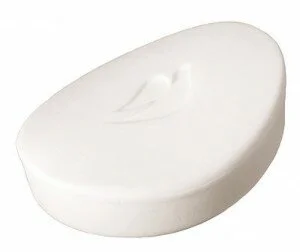
Augustin Rafael Reyes
Competent entrepreneurs can explain their company in terms of what the product does. Good entrepreneurs can explain their company in terms of their customer and their market. Funded entrepreneurs can pitch their company in terms that an investor can relate to.

 Creating and delivering a great pitch requires both using the right building blocks and putting them together properly. I
Creating and delivering a great pitch requires both using the right building blocks and putting them together properly. I  March 2014: The New York Times reports this week that at this year’s Mobile World Congress in Barcelona, the giant smartphone trend is not only continuing, but accelerating. I was just in a meeting the other day with one of those monsters, and I could barely take my eyes off it it. Some kind of a Samsung with a screen well over 5 inches diagonally. By the time you add the heft of its aftermarket silicon rubber case, the thing was about the size and thickness of a 350 page paperback book .(But not the same weight as a book – that Samsung brick is going to really pull down one side of your coat – and forget about your jeans pocket.) Screen was pretty flashy-looking, though.
March 2014: The New York Times reports this week that at this year’s Mobile World Congress in Barcelona, the giant smartphone trend is not only continuing, but accelerating. I was just in a meeting the other day with one of those monsters, and I could barely take my eyes off it it. Some kind of a Samsung with a screen well over 5 inches diagonally. By the time you add the heft of its aftermarket silicon rubber case, the thing was about the size and thickness of a 350 page paperback book .(But not the same weight as a book – that Samsung brick is going to really pull down one side of your coat – and forget about your jeans pocket.) Screen was pretty flashy-looking, though.




